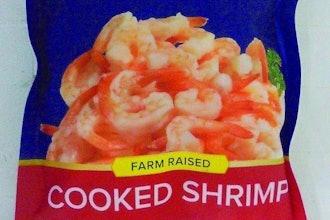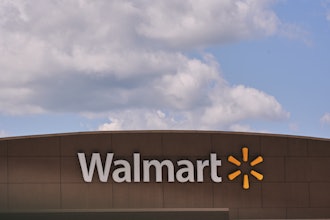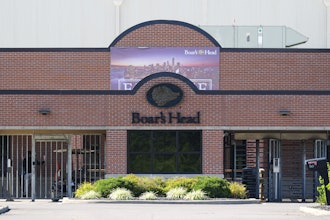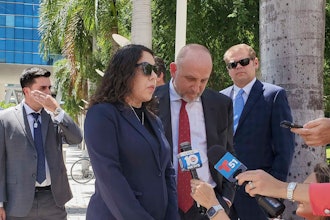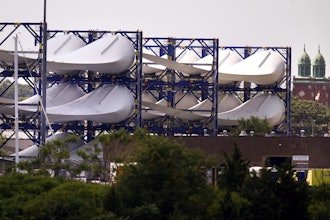
 Stephanie A. McGuire, CPA
Stephanie A. McGuire, CPAThe new revenue recognition standard became effective for public companies this year and we are now seeing the impact disclosed in first quarter results. With the implementation date for privately held businesses fast approaching in 2019, many companies are hustling to interpret the standard and its potential impact on their business.
In 2014, the Financial Accounting Standards Board (FASB) issued the standard, Revenue from Contracts with Customers, in order to eliminate the previous industry specific guidance and replace it with a single model to be used for revenue generated from nearly any customer contract. However, the new principles-based approach requires more judgment and estimation than the 2014 guidance and is expected to result in greater consistency by industry.
As companies have started implementing the new standard many are seeking additional guidance, and FASB has continued to tweak the original standard by issuing six additional revisions to the standard since it’s original issuance in 2014. Many private companies are still waiting to see if additional relief provisions will be issued in 2018 as a result of implementation issues identified by the early adopters.
As a manufacturing and/or distribution company, it’s important for you to understand the five steps you’ll need to take in order to recognize revenue under this new standard:
- Identify the contract — is it enforceable?
- Identify the contract’s separate performance obligations — are they distinct? If so, revenue may be required to be disaggregated by performance obligation with different possible timing of recognition by performance obligation.
- Determine the transactions price — are there any variables? For example, standalone pricing for bundled services, installation services, timing of payments or even discounts/rebates, just to name a few.
- Allocate the transaction price over the performance obligations — are there observable inputs/outputs? An example of an input method is percentage of completion using the cost-to-cost method, or an output method such as units of production or completed phases.
- Recognize revenue as the entity satisfies performance obligations — when is control transferred to the customer? Under this new standard, the point at which your company can recognize revenue is determined by when the customer gains control.
So what does this mean? The point at which your company can transfer control to a customer becomes a critical focal point for manufacturers and distributors, rather than when a product’s legal title passes to the customer.
The following implementation issues identified will result in different revenue recognition patterns depending upon the specific customer contract and substance each agreement.
Timing
The company shipping policy identifies when ownership of the product transfers to the customer upon shipment for the revenue to be recognized. The new standard however requires an evaluation of when control is transferred to the customer. A manufacturer of a product that will sell to any customer would likely get to the same pattern of revenue recognition, generally when the title passes. However, a product that is being manufactured to unique customer specifications with no reasonable alternative use (for other customers), may provide the manufacturer with an enforceable right to payment for work performed to date and therefore may result instead in revenue recognized over time as the product is manufactured. For the product with unique specifications, evidence of control is present as the customer’s specifications specifically impact the production process and therefore may result in an acceleration of revenue recognition. Many companies will continue to recognize revenue at a point in time, however many may start recognizing revenue for certain customers prior to completion of the manufacturing process when the over-time criteria are met.
Shipping and Handling
Accounting for shipping and handling will depend upon the company’s policy election. For those contracts which the product is shipped prior to the customer obtaining control, shipping and handling is treated as a fulfillment activity rather than a promised service to the customer. Costs to fulfill an order are accrued and revenue is not recognized until control transfers to the customer in order to match revenues and expenses. The shipping terms may not necessarily dictate when control has transferred. For example, when shipping terms are free onboard (FOB) shipping point, the customer may control the product during shipping. However, if the company has a policy to repair or replace items lost or damaged in transit, then control may not ultimately pass to the customer until the product is received by the customer.
For those contracts which the product is shipping after the customer obtains control, the company can make a policy election to either treat shipping and handling as a fulfillment activity or a promised service that represents a separate performance obligation. When shipping is treated as a separate performance obligation a portion of the transaction price is allocated to shipping and handling, and revenue recognition is deferred for that portion of the price until the shipment is complete. Some manufacturers have agreements which they store goods for their customers, and since the produces goods cannot be sold to other customers there is evidence of control prior to shipment to the customer. The accounting policy election that is made will then apply to similar types of transactions, therefore if multiple classes of goods are sold a policy can be elected for each class.
Pricing
Manufacturers may provide volume rebates or discounts which represent a form of variable pricing. Manufacturers will need to review their sales agreements to determine whether a material right exists. Material rights are options provided to a customer only upon entering the contract and represent separate performance obligations under the contract. A material right exists if the customer has an option to purchase additional goods at a price that doesn’t reflect stand-alone selling prices. As a separate performance obligation, revenue is then estimated and allocated to the option and deferred until the option either is exercised or expires. In order to determine how much revenue should be deferred, the Company may analyze historical activity with a customer in order to estimate the most likely amount expected to be purchased by the Customer during the contract period. As either the estimates change or the option expires, the contract liability is reversed and any remaining revenue is recognized.
These are just a few examples of the new implementation challenges companies will face. The new principles-based guidance will result in significant estimations, as well as expanded financial statement disclosures for financial statement users to better understand the nature, timing and amount of revenue to be recognized from contracts with customers. The calendar year 2019 effective date for privately held companies is right around the corner, and even utilizing a modified retrospective implementation date of 1/1/2019, a company is required to disclose the financial impact of applying the new standard including any contracts in progress as of the date of adoption.
Stephanie A. McGuire, CPA, is a director in the Audit, Accounting and Consulting Department at Ellin & Tucker.











